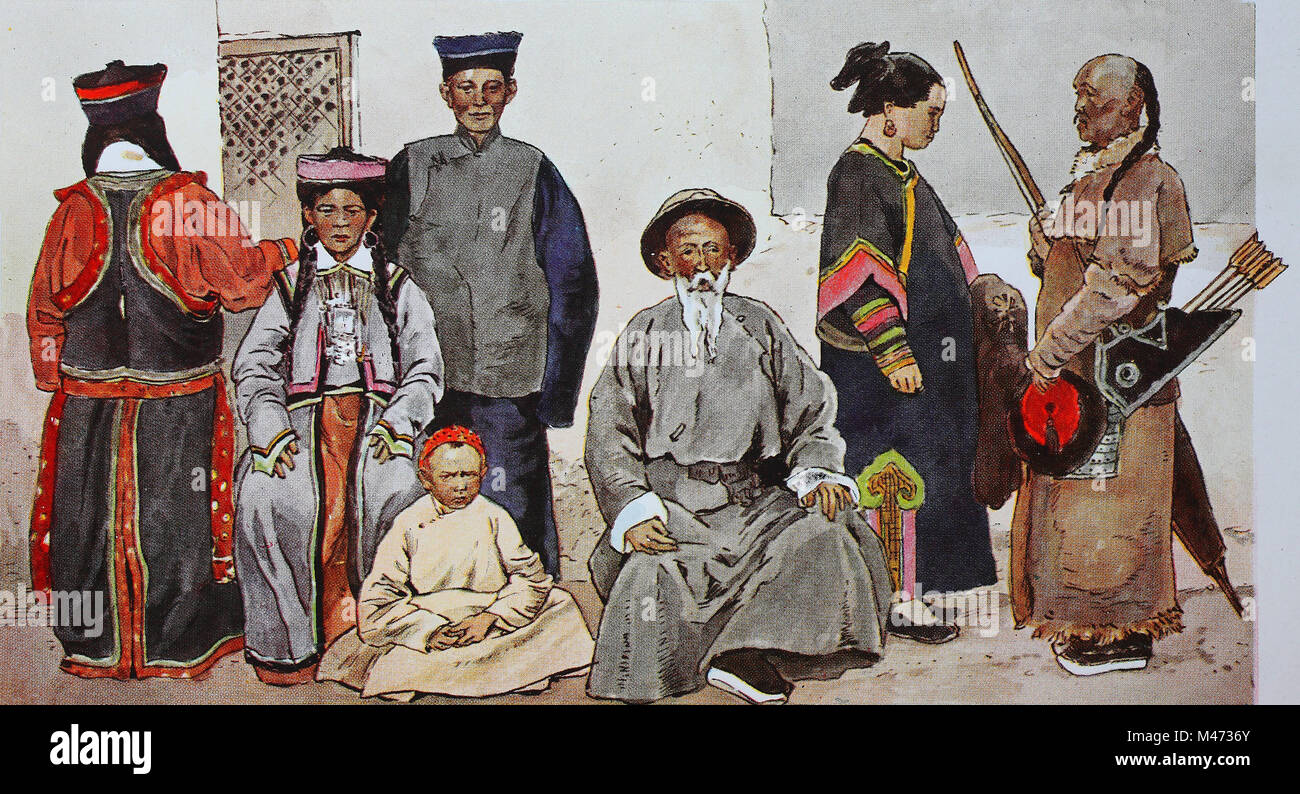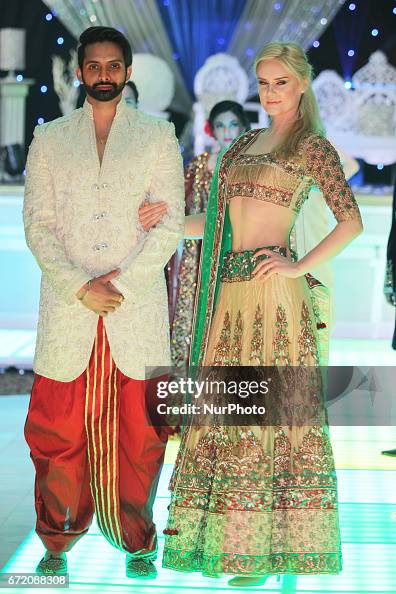Where to Acquire Authentic Eastern Wear Pakistan: Leading Online Shops and Boutiques
Where to Acquire Authentic Eastern Wear Pakistan: Leading Online Shops and Boutiques
Blog Article
Revealing the Rich Heritage of Eastern Fashion
Exploring the complex tapestry of Eastern style introduces a world where practice satisfies innovation, and craftsmanship intertwines with social significance. From the opulent silks of old empires to the intricate needlework of nomadic tribes, each garment informs a story that goes beyond time and boundaries, resembling the rich heritage and artistic heritage of the East. As we peel back the layers of history and tradition, an interesting journey waits for, untangling the secrets behind the exciting appeal and long-lasting impact of Eastern fashion on the global stage.
Origin of Eastern Style

In Mesopotamia, as an example, the Sumerians and Babylonians produced garments making use of natural leather, linen, and wool, adorned with elaborate patterns and fashion jewelry. Ancient Egyptians are renowned for their innovative weaving skills and making use of light-weight, breathable materials like linen. Chinese style stressed the value of color importance and intricate embroidery strategies, while Indian garments featured vibrant tones, elegant fabrics like silk and cotton, and elaborate drape designs such as the saree.
These old human beings not only affected each other yet likewise led the way for the culturally rich and diverse tapestry that is modern Eastern style. With centuries of development, Eastern style continues to grow, blending practice with contemporary influences to create classic and distinct designs.
Cultural Impacts and Customs
Drawing from centuries-old personalizeds and ideas, cultural impacts and customs play a pivotal function fit the essence of Eastern fashion (eastern wear pakistan). The abundant tapestry of cultures across Eastern regions such as Asia, the Middle East, and Africa has actually greatly affected the garments designs, shades, materials, and designs that prevail in Eastern fashion today
In countries like India, Japan, and China, typical garments like cheongsams, sarees, and kimonos proceed to hold considerable cultural value and are usually embellished with detailed needlework or symbolic patterns that reflect ingrained beliefs and values. In Middle Eastern countries, the streaming abayas and kaftans put on by guys and women not only offer as moderate clothes but also show the area's cultural heritage and Islamic practices.
Moreover, the usage of specific colors like red forever luck in Chinese society or intricate geometric patterns influenced by Islamic style further exhibit just how cultural impacts materialize in Eastern style - eastern wear pakistan. By recognizing and preserving these social impacts and traditions, Eastern fashion remains to progress while staying real to its abundant heritage
Evolution of Eastern Wardrobe
Over time, Eastern garments have undertaken substantial improvements, mirroring a blend of tradition and modernity in their design Full Report and style. Typical Eastern garments such as the saree, salwar, kimono, and hanbok kameez have actually developed to incorporate contemporary components while maintaining their cultural essence.
One notable advancement is the use of innovative textiles and methods in Eastern garment building and construction. Traditional handwoven textiles like silk and cotton have actually been matched with modern-day materials such as polyester and blends, supplying raised durability and convenience of treatment. Additionally, developments in printing innovations have allowed elaborate patterns and designs to be integrated right into Eastern garments with precision and detail.
Furthermore, modifications in silhouette and tailoring have updated Eastern attire, making them much more versatile and appropriate for varied occasions. Conventional outfit codes have actually relaxed, enabling testing with embellishments, colors, and designs. This advancement has not just made Eastern garments more obtainable and appealing to a worldwide target market however has additionally ensured their proceeded significance in modern fashion landscapes.
Symbolism in Eastern Outfit
Exploring the deep-rooted social relevance woven into Eastern attire introduces a rich tapestry of symbolism and tradition. Eastern garments are usually imbued with icons that show the user's societal status, religious ideas, and cultural identification. As an example, in several Eastern cultures, the shade red symbolizes good luck and success, making it a preferred option for wedding outfit. Elaborate needlework patterns can communicate stories of mythology or represent blessings for the user.
Moreover, specific garments hold symbolic meanings. Its layout, material, and also the way it is used all lug deep cultural value.

Effect of Eastern Style Today

The consolidation of Eastern components in Western fashion has actually led to a fusion of Learn More Here designs that cater to varied sites preferences and choices (eastern wear pakistan). Developers usually attract ideas from Eastern patterns, materials, and silhouettes, producing innovative and distinct pieces that mix standard and contemporary appearances. This cross-cultural exchange has not just rejuvenated the garment industry however also promoted a deeper appreciation for Eastern heritage and craftsmanship
Moreover, the rise of electronic systems and social media has even more amplified the effect of Eastern style, enabling designers and brand names to get to a bigger audience and display their cultural heritage to the world. With partnerships, style programs, and online campaigns, Eastern style continues to progress and flourish in today's vibrant and interconnected international landscape.
Verdict
In verdict, the rich heritage of Eastern fashion is a testimony to the cultural impacts, detailed craftsmanship, and profound significance embedded in each garment. From old people to modern-day interpretations, Eastern fashion remains to astound with its one-of-a-kind mix of custom and advancement. The impact of Eastern fashion today serves as a tip of the classic beauty and creative expression that have made it an international phenomenon commemorated for its rich cultural heritage.
Exploring the intricate tapestry of Eastern fashion introduces a globe where tradition satisfies innovation, and workmanship links with cultural meaning.The sustaining symbolism and cultural significance embedded in Eastern clothing continue to form and affect the contemporary influence of Eastern fashion today. Eastern fashion has actually transcended boundaries, becoming a global sensation welcomed by designers, stars, and style enthusiasts worldwide.In conclusion, the abundant heritage of Eastern fashion is a testament to the social influences, elaborate craftsmanship, and profound symbolism installed in each garment. The effect of Eastern fashion today serves as a suggestion of the ageless beauty and creative expression that have actually made it a worldwide phenomenon celebrated for its abundant social heritage.
Report this page